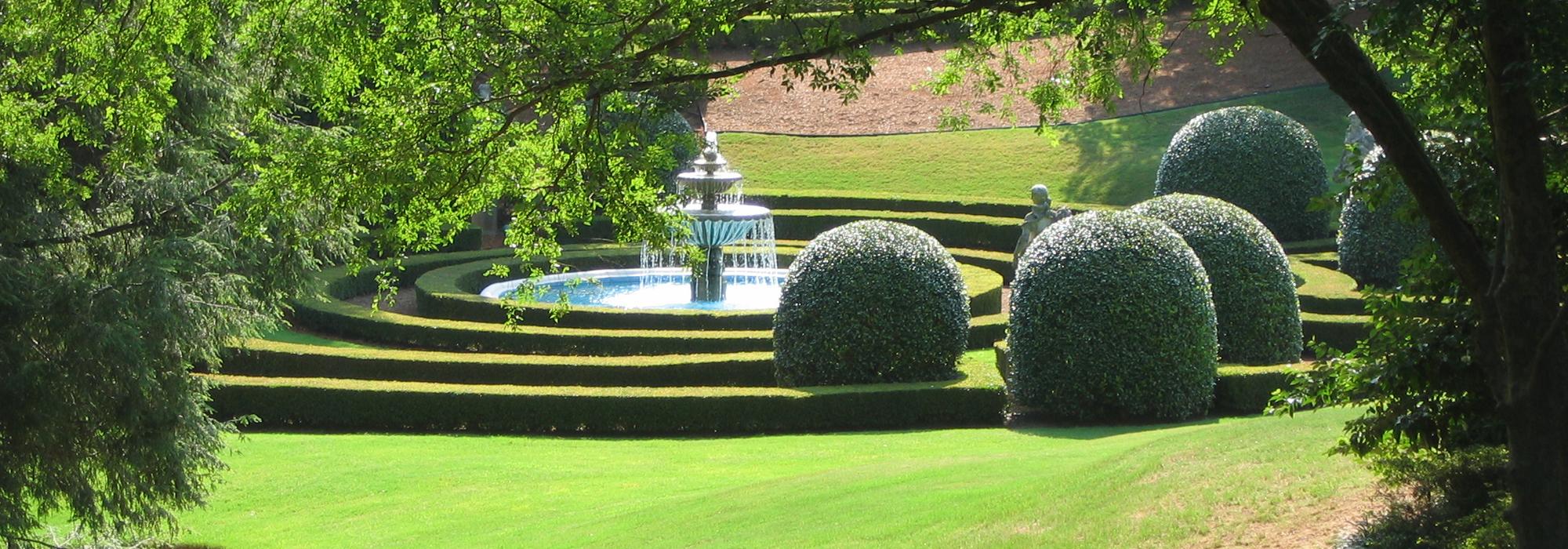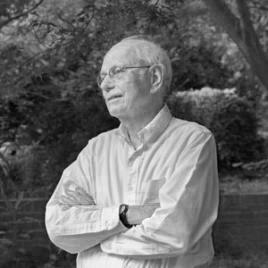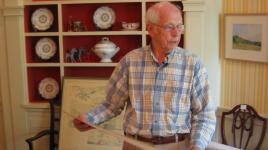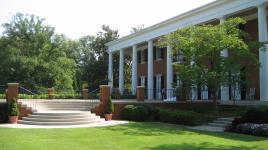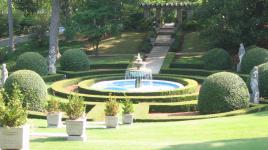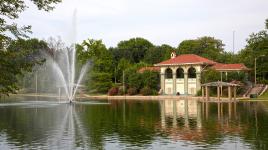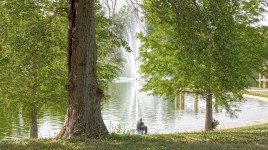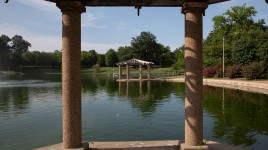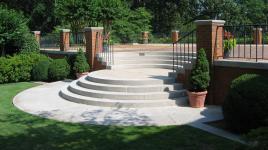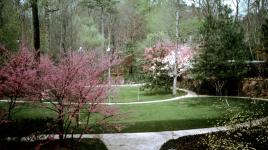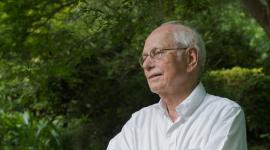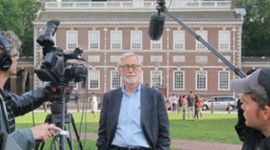Pioneer Information
Born in Summerville, South Carolina, Daugherty studied architecture at the Georgia Institute of Technology before serving in the U.S. Army during World War II. Following the war, he enrolled at the University of Georgia, where he pursued a bachelor’s degree in landscape architecture before transferring to Harvard University in 1948. During his time at Harvard, he apprenticed under Dan Kiley and also with the Olmsted Brothers firm. Daugherty graduated from Harvard with a B.L.A. in 1950 and then earned an M.L.A., also from Harvard, in 1951. He was subsequently awarded a Fulbright Scholarship to study town planning in England. Following his overseas travels, he returned to Atlanta to begin a private practice. Initially dedicated to creating residential landscapes, Daugherty’s firm gained prominence with its design of a Modernist garden for the Egleston’s Children Hospital in 1959, followed shortly thereafter by a garden for the blind in Atlanta’s Piedmont Park. The positive publicity spurred the firm’s growth, and Daugherty then embarked upon a wide range of commercial and institutional projects. During the 1960s he served as the landscape architect for the Georgia Governor’s Mansion and assisted Thomas Church in his design of the School for Continuing Education at the University of Georgia, in Athens. Among Daugherty’s other designed landscapes are Marietta Square in Marietta, Georgia, the All Saints Episcopal Church in Atlanta, and the Atlanta Botanical Garden. In addition to his design work, Daugherty was a lecturer in landscape architecture at the Georgia Institute of Technology’s School of Architecture. In 1971 he was named a Fellow of the American Society of Landscape Architects (ASLA) and was awarded the ASLA Medal, the society’s highest honor, in 2010. Ed Daugherty died on Thursday, August 21, 2025, at age 98.



